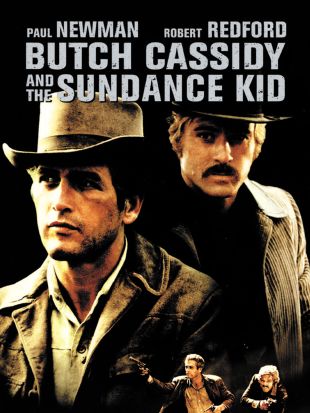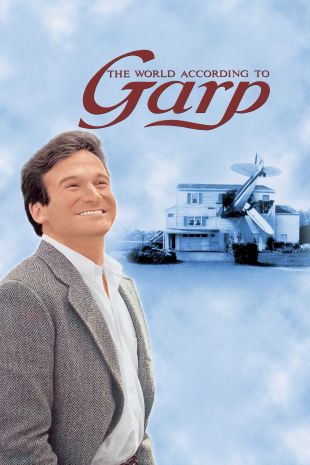Not to be confused with early-1930s MGM director George Hill (many historians do mix up the names, even though the earlier Hill died in 1934), American director George Roy Hill started out as a musician. He studied both at Yale and Trinity College in Dublin; it was there that Hill began an acting career with Cyril Cusack's company. After World War II, Hill shifted his interest to stage directing, and after further military service in Korea, he moved into TV as both director and writer. Hill directed for various live anthologies of the 1950s, including Kraft Television Theater, The Kaiser Aluminum Hour and Studio One. He came to films relatively late, directing his first feature, Period of Adjustment, in 1962. Hill rapidly built up a reputation for being commercially reliable after such hits as The World of Henry Orient (1964) and Hawaii (1967); even relative misfires like Thoroughly Modern Millie (1966) were at least attractively assembled. All the same, Hill was no Hollywood bootlicker; he was fired during post-production of both Millie and Hawaii due to heated arguments over the editing. Thus, no one was certain what the mood on the set would be when Hill was contracted to direct Paul Newman in Butch Cassidy and the Sundance Kid (1969). Hill's first move turned out to be the film's lifesaver: he vetoed several co-starring choices, including Steve McQueen and Warren Beatty, in favor of Robert Redford, and the resultant chemistry between Newman and Redford was sheer box office nirvana. Hill received an Oscar nomination for his direction, which doubtless compensated for the back injury that forced him to do much of his directing in a supine position. Butch Cassidy had built-in audience appeal -- more than can be said for Hill's next project, a filmization of Kurt Vonnegut's almost unfilmable novel Slaughterhouse Five (1971). It was a noble failure, but Hill was feted by the Cannes Film Festival for the effort. The director reunited Newman and Redford for The Sting (1973), which did even better than Butch Cassidy and copped a Best Picture Academy Award. The Sting stars demonstrated their thanks to Hill by entrusting him with many later projects: the director guided Redford through The Great Waldo Pepper (1973) and Newman through Slap Shot (1977). Not all of George Roy Hill's subsequent projects were as successful, though there are excellent moments in the first twenty minutes of The Little Drummer Girl (1981) once we get past Diane Keaton's miscasting as a Vanessa Redgrave-type activist; and Hill's Funny Farm (1988) makes up for its misfire slapstick set-pieces involving nature-lover Chevy Chase with a rousing comedy climax.
George Roy Hill
Share on
Biography by AllMovie
Movie Highlights
Factsheet
- As a child, used to spend time memorizing the records of World War I flying aces.
- Received his pilot's license when he was 16 and served in World War II as a Marine transport pilot.
- Focused on music until he attended school in Dublin, where he turned his attention to acting and directing.
- Made his Broadway directing debut in 1957 with Look Homeward, Angel.
- Suffered a back injury that forced him to direct much of Butch Cassidy and the Sundance Kid while lying down.
- In the 1970s, became the first director to have two films on Variety's All-Time Top 10 Movie Box Office Hits with Butch Cassidy and the Sundance Kid and The Sting.
- Took a hiatus from Hollywood to teach drama at Yale.


